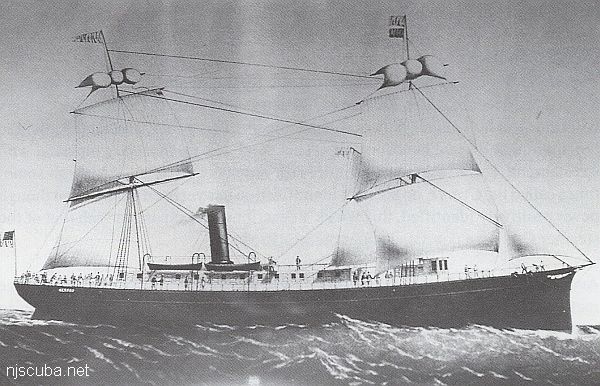March 21, 2025
Just About Done ...
March 21, 2025
... I hope. There may still be an old-style chart lurking somewhere, but I think I got them all. Above is the new weather chart, with extant stations and buoys. The old chart still showed ALSN6 - the Ambrose Tower that got knocked into the water so many times that they finally gave up on it. The replacement buoy is in the exclusion zone of the shipping lane, where it should be safe.
The new system makes it so easy to add or change sites and charts. I was worried that there might be some performance impact, but I really don't see any. A big advantage for the user is that many charts can now be zoomed-in and panned. This is very useful where things get too crowded.
There are currently 1050 items in the database, and 116 charts in the website. I can slice and dice the data in many different ways, and when I put together different features, I see new and interesting details. I see several other weather buoys are in exclusion zones (white stripes) between shipping lanes, but 44025 is still tempting fate. And 44402 is in the abyss, about 8500 feet. That buoy is holding up over two miles of chain! Or cable, or something. Engineering! New York even established a new artificial reef in an exclusion zone, which strikes me as building a playground in the median of a divided highway!
I think the new charts look great too - clean and precise. A little drab, maybe, for legibility's sake, but the shipping lanes add some color. In fact, the new charts look remarkably like the old charts, because I was always pretty happy with the design of those, but not the amount of work it took to make even small changes.
Thinking way back now, those charts were an awful lot or work to create - finding a suitable chart, scanning and scaling and cleaning it up, setting up the math in a spreadsheet and then plotting each point by hand in a graphics editor, with the associated label. Then creating html "image maps" to go along with each graphic to make it clickable. What a pain! 30 years ago there was nothing else like it though, I was way ahead of the curve. Now the machine does it all for me, I have finally caught up with technology. Well, I did write several thousand lines of code, that calls on many thousands more that somebody else wrote.
What do you think? Leave a comment below. Is it better, or did I ruin everything?


Questions or Inquiries?
Just want to say Hello? Sign the .